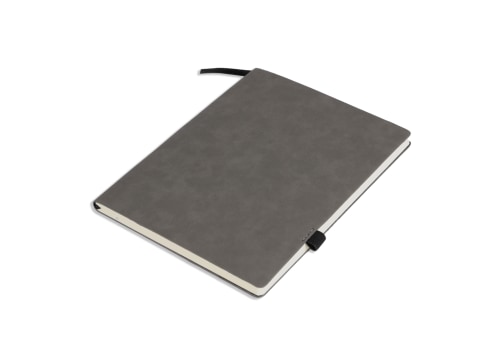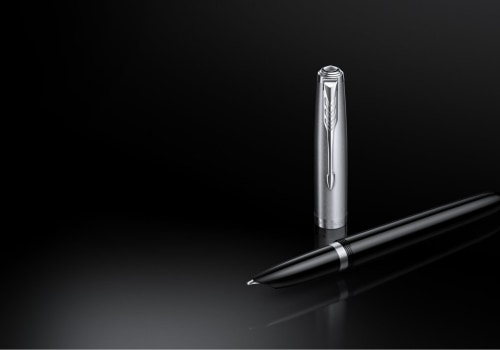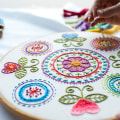From cotton to polyester to spandex, there are a variety of clothing materials available on the market today. From the most basic and affordable to the latest high-tech fabrics, each material has its own unique properties and benefits. In this article, we'll provide an overview of the various clothing materials and their various characteristics, so you can choose the right fabric for your promotional product printing needs. Clothing materials are essential components in the production of apparel, uniforms, and promotional products. The most common clothing materials include natural fibers, such as cotton, linen, and wool; synthetic fibers, such as polyester, nylon, and spandex; and man-made materials like leather and faux fur.
Each type of material has its own unique properties, making it suited for different applications. For example, natural fibers tend to be more breathable and durable than synthetic fibers, making them ideal for outdoor apparel. Synthetic fibers are usually cheaper and easier to care for than natural fibers, making them ideal for casual wear. When it comes to promotional product printing, the most important factor to consider is cost. Different materials have different printing costs associated with them, so it’s important to select a material that will fit within your budget.
Some of the factors that affect printing costs include the type of material, the complexity of the design, and the size of the order. In addition to cost considerations, you should also think about how the material will look and feel when printed. Cotton and linen tend to produce a soft, comfortable feel when printed, while polyester is more durable and easy to care for. Leather is often used for more upscale products such as bags or wallets, while faux fur can be used to add a luxurious touch to garments. Finally, it’s important to consider how eco-friendly the material is.
Natural fibers are usually more sustainable than synthetic fibers, but some synthetic fibers have been designed with sustainability in mind. It’s important to do your research and select a material that is not only cost-effective but also environmentally friendly.
Factors That Affect Clothing Material Costs
The cost of clothing materials is affected by several factors, including the type of material used, the complexity of the design, and the size of the order. Different types of clothing materials come with different prices, so it’s important to consider the type of material when choosing the right one for your project. The complexity of the design, such as how many seams or embroidery details are included, will also affect the cost.Lastly, the size of the order will have a big impact on the total cost. Larger orders will usually result in lower costs per unit due to economies of scale.
The Different Types of Clothing Materials
Clothing materials can be divided into three main categories: natural fibers, synthetic fibers, and man-made materials. Natural fibers come from animals, plants, or minerals. Examples include wool, cotton, silk, linen, and jute. These materials are often breathable and absorbent, making them suitable for apparel and activewear.They are also often biodegradable. Synthetic fibers are made from chemical compounds. Common synthetic fibers include nylon, polyester, acrylic, and spandex. These materials are usually durable, wrinkle-resistant, and quick-drying. They are also typically less expensive than natural fibers. Man-made materials are created from a combination of natural and synthetic fibers.
Examples include rayon, modal, and lyocell. These materials offer properties of both natural and synthetic fibers, such as breathability and durability. However, they may also be more expensive than either natural or synthetic fibers. When selecting clothing materials for promotional products, it’s important to consider factors such as cost, durability, comfort level, and sustainability. Additionally, some materials may require special printing techniques and supplies that may increase the cost of production.
Which Material Is Best for Promotional Product Printing?
The best material for promotional product printing depends on your specific needs and budget.Generally speaking, cotton and linen tend to be more affordable than synthetic fibers. Leather is often used for upscale products such as wallets or bags. If you are looking for a durable material that won't break the bank, cotton and linen are great options. They are also easy to print on and don't require a lot of maintenance.
If you're looking for something more luxurious, leather is a great choice. Leather is typically more expensive but also more durable, making it a good option for high-end promotional products. It is also fairly easy to print on and can be treated with a special coating to make it even more resistant to fading and wear. When choosing the best materials for promotional product printing, you should also consider the environmental impact of the materials you choose. Some materials, such as polyester and nylon, are not sustainable and can have a negative impact on the environment.
Cotton and linen, on the other hand, are generally more sustainable and eco-friendly. Finally, you should consider the cost of the materials you choose. Some materials may be more expensive than others, so it's important to compare prices before making your final decision. Once you have chosen the best materials for your promotional product printing project, you can then start thinking about the design process. When choosing clothing materials for promotional product printing, it’s important to consider both cost and sustainability. Natural fibers tend to be more sustainable than synthetic fibers, but may be more expensive.
It’s important to do your research and select a material that is both cost-effective and eco-friendly.











